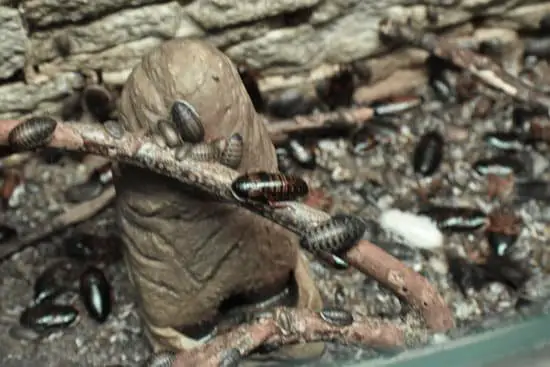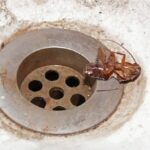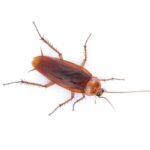The Nervous System of Cockroaches
Cockroaches have a nervous system made up of three parts: the brain, the thoracic ganglia, and the abdominal ganglia. The brain is responsible for motor control, while the other two parts of the nervous system are located along the ventral side of the body. They are linked together through interganglionic connections.
To study the nervous system of cockroaches, researchers used high-speed video to record the activity of the nerve cord in the cockroach. They then compared this video with a statistical model of the neurons’ activity. The video matched the time of each spike, making it possible to separate the signals that represent turn directions and speeds. Using this data, scientists were able to determine which neuronal activity was responsible for the animal’s movement.
In this study, two silver bipolar hook electrodes were placed on the same connective along the cockroach nervous system. The connective was crushed prior to the recording site to remove activity from the head ganglia. The cockroach then received noxious and tactile stimuli. Afterwards, a ground electrode was inserted in the metathoracic segment.
The nerves of cockroaches are composed of multi-dendritic sensory neurons, which resemble vertebrate nociceptive neurons. These neurons are attached to epidermal cells underneath the cuticle. A genetically silenced version of these neurons fails to produce a nocifensive response when stimulated, suggesting that they are responsible for transduction of noxious stimuli.







